The ancient village of Heptonstall sits on top of a steep hill on the north side of the Calder Valley, overlooking Hebden Bridge. The village once thrived in the woollen trade until the end of the 18th century when water and then steam powered mills determined that the industry was located in the tributary valleys of the Calder. (Yorkshire.com)
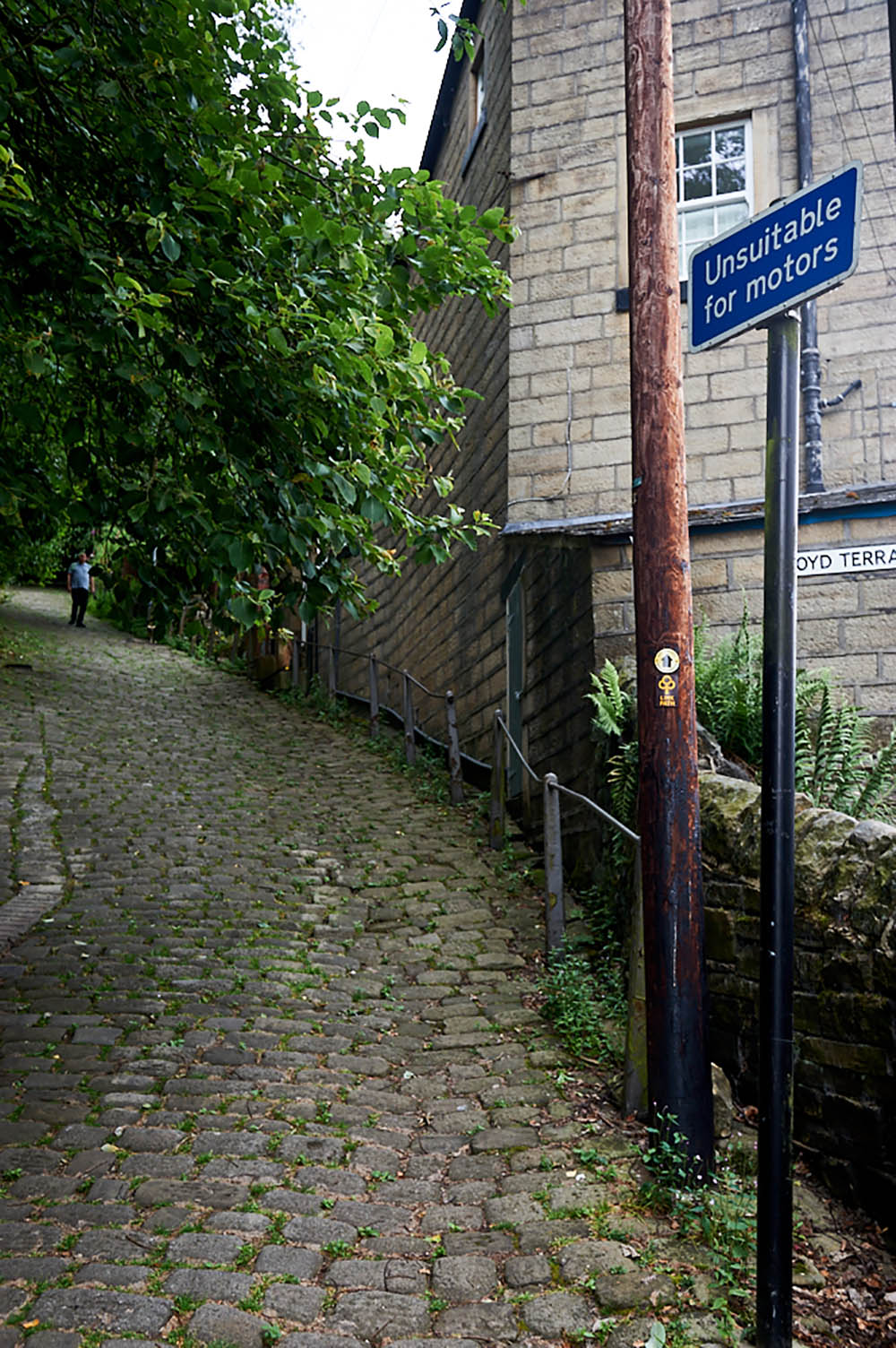
You cross the old bridge in Hebden Bridge and stand in front of “The Buttress”, part of an ancient packhorse route, a steep, cobbled ascent from Hebden Bridge up to Heptonstall on top of the hill. It´s not a long way, but a very steep one!
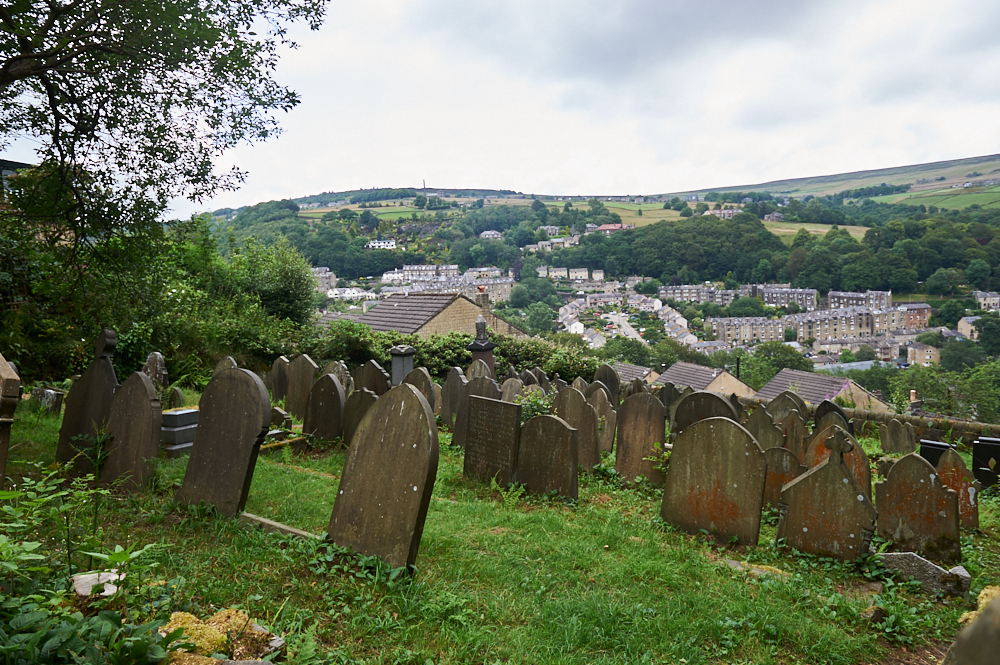
The view along the way is nice though and invites you to a short break!
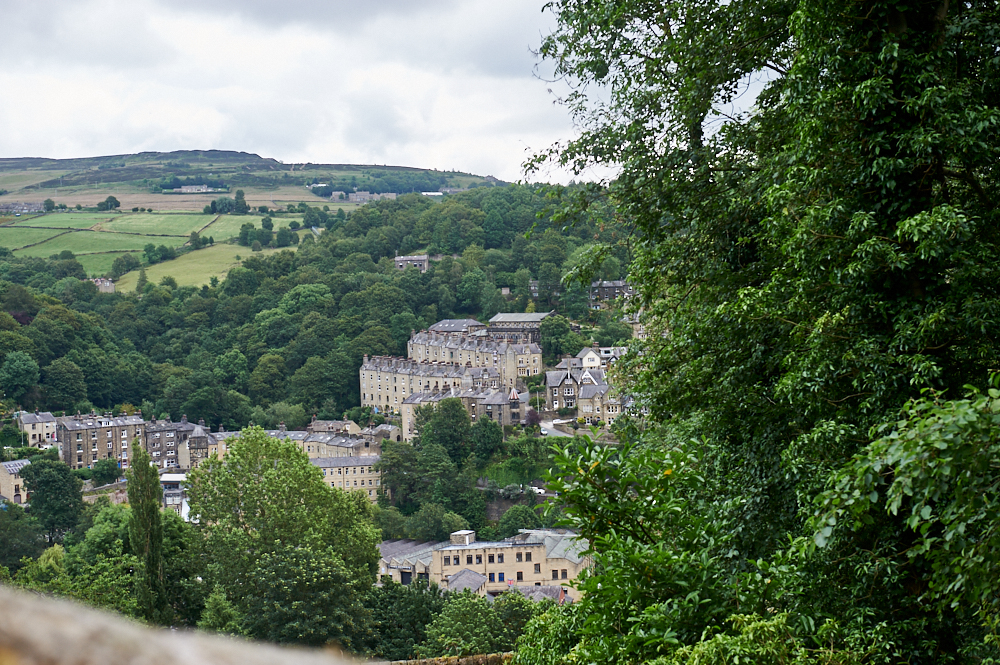
View of Hebden Bridge from above, I also found a lost little friend – hopefully he got found!

Heptonstall
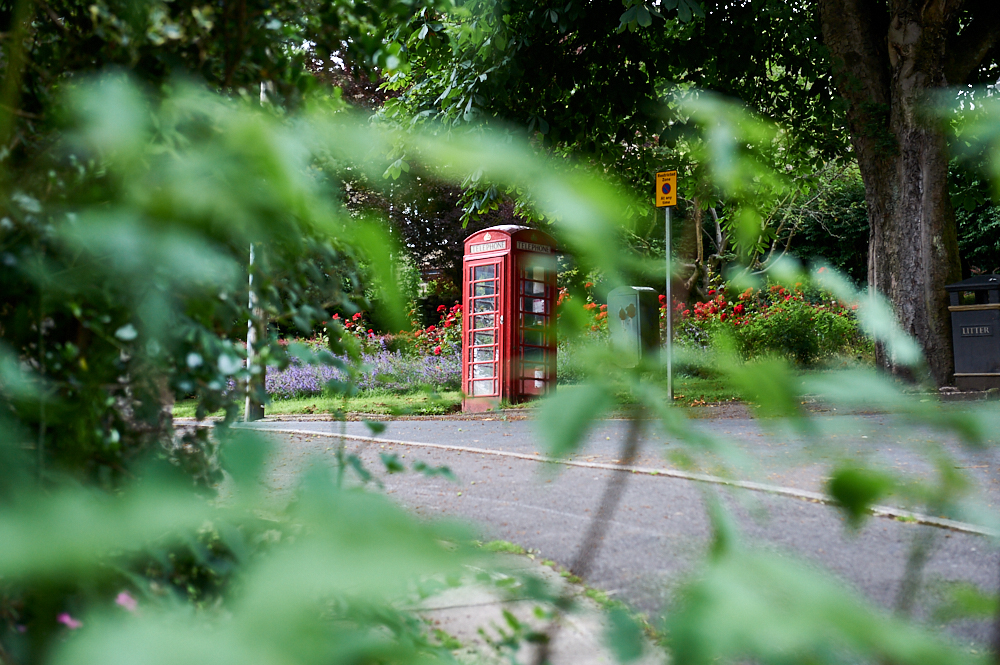
Finally arrived at the top! Heptonstall offers a historical guided walk around the village, the printed ones are out of print (even so the lovely gentleman at the post office/local shop offered to lend me his copy) there is also a downloadable one.
A little café was the perfect place to have a little read through and have a tiny rest.
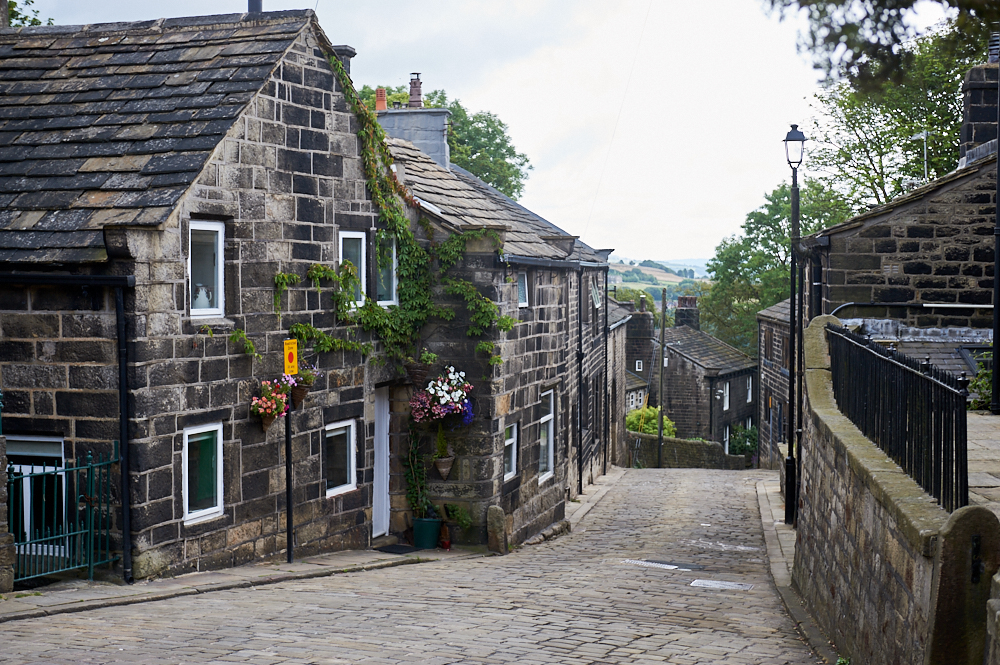
First named in 1253, Heptonstall was
a centre for hand-loom weaving, it was also the site of a battle in 1643 during the early part of the English Civil War. The foundation stone of its octagonal Methodist chapel, the oldest still in continued use, was laid following the visit of John Wesley in 1764.
Heptonstall cottages and terraced houses were characterised by their large first floor windows to maximise the light for weaving. (heptonstall.org)
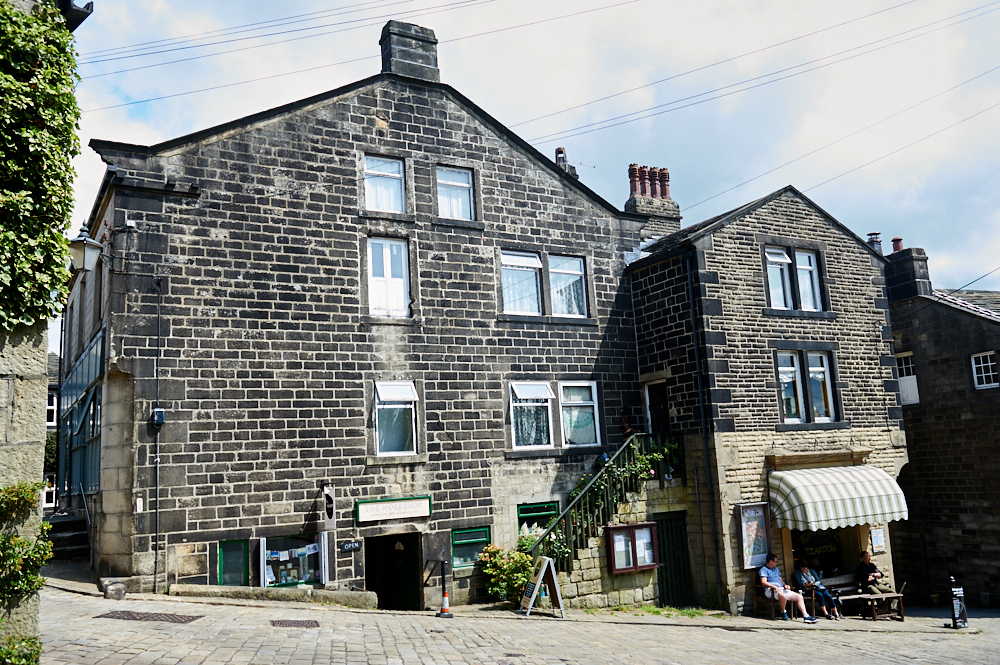
The old Co-Operative house, market – and the little café on the right.
St Thomas a Becket
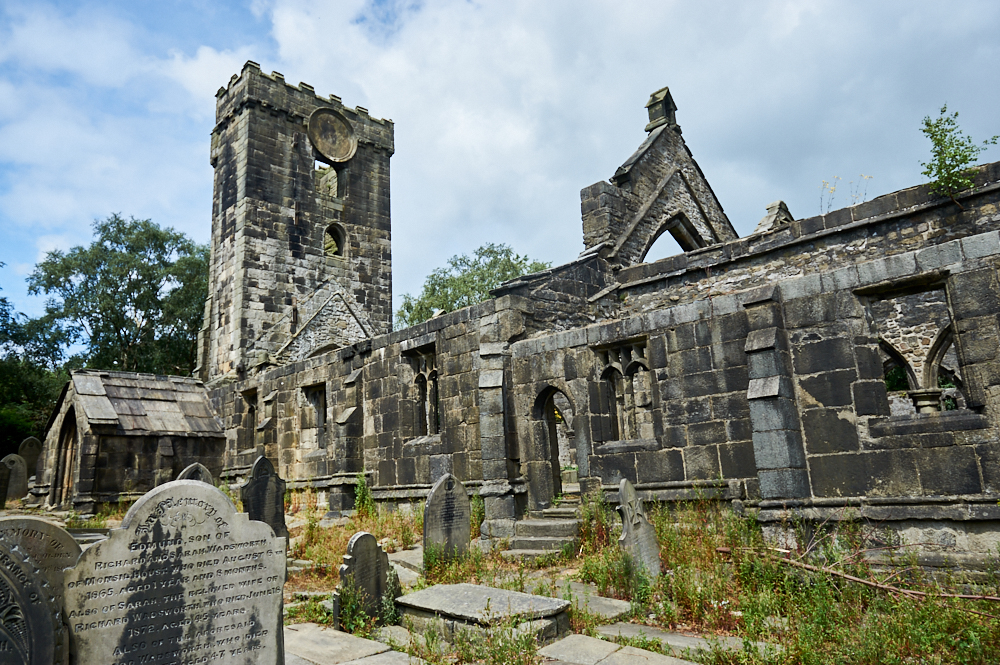
Founded around 1260 Heptonstalls old church was altered and added to over the centuries but damaged by a gale in 1847 and a new church was built right next to the old one.
The paths are laid with old gravestones and in the newer part American poet, Sylvia Plath is buried.
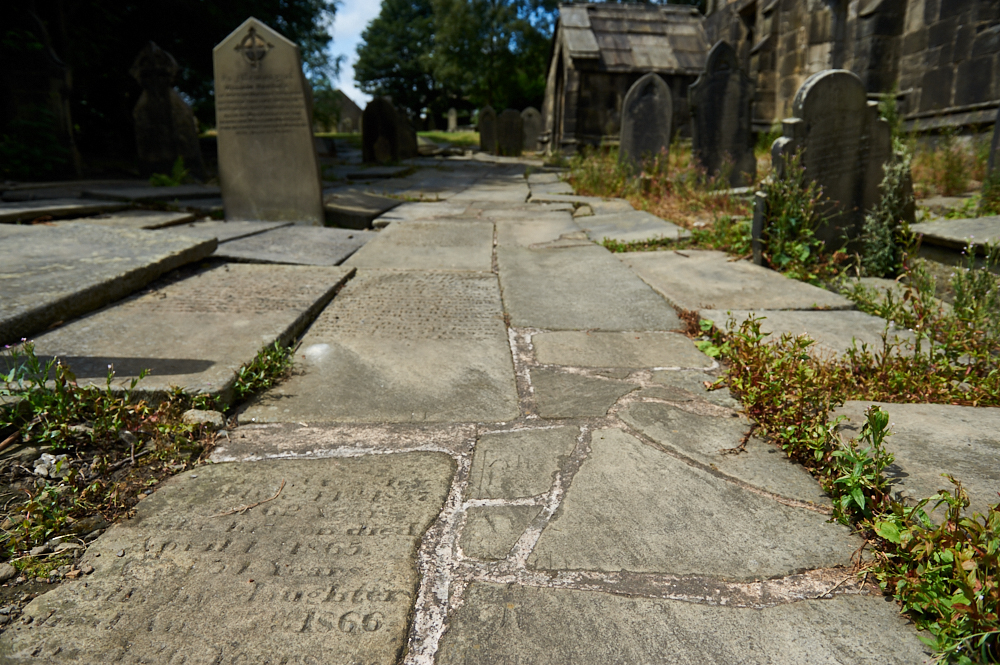
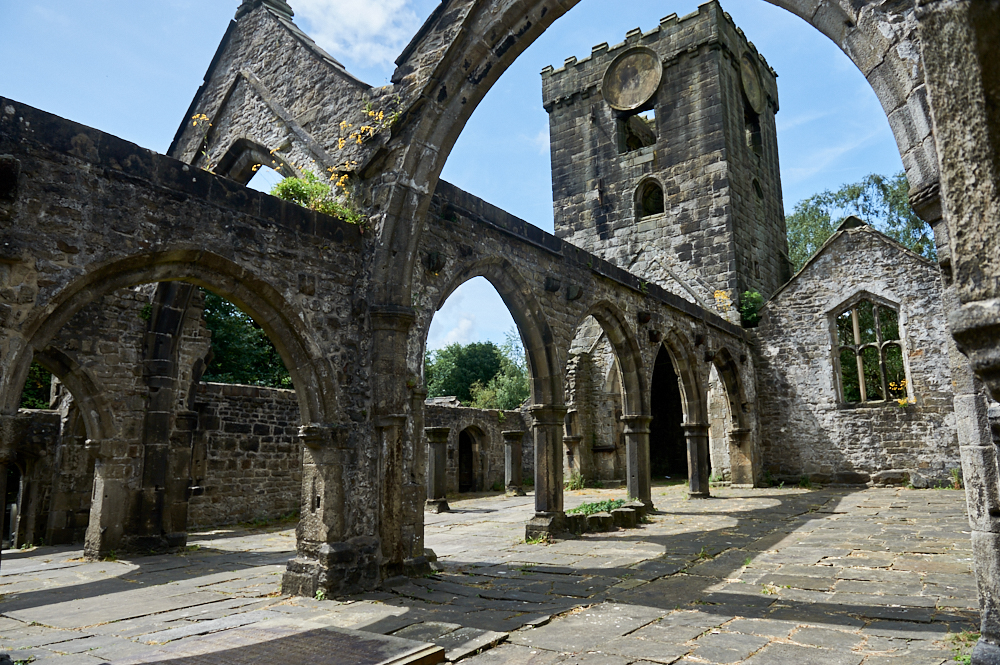
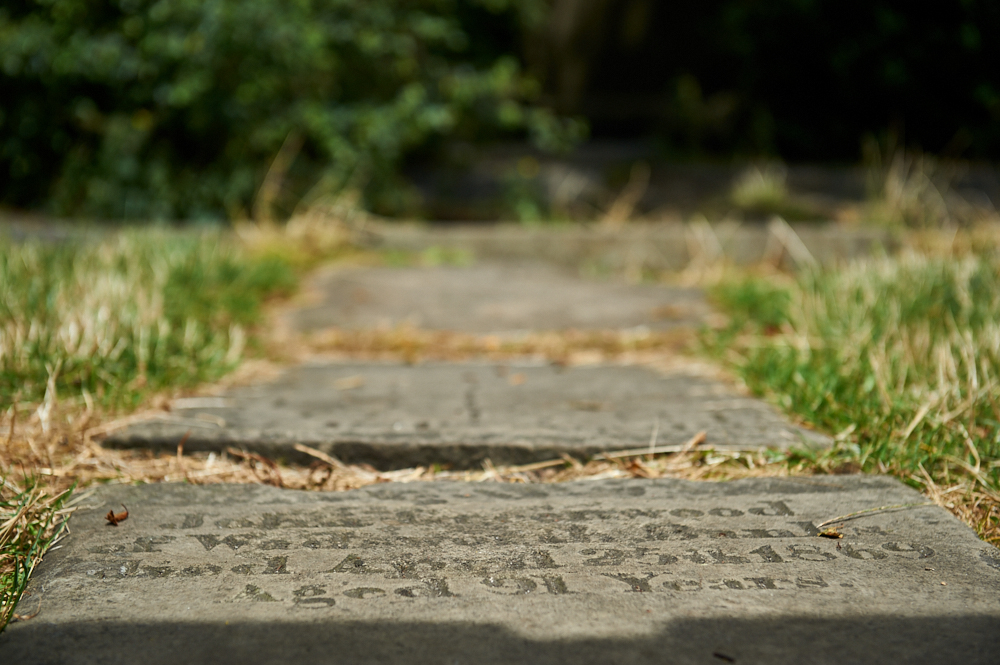
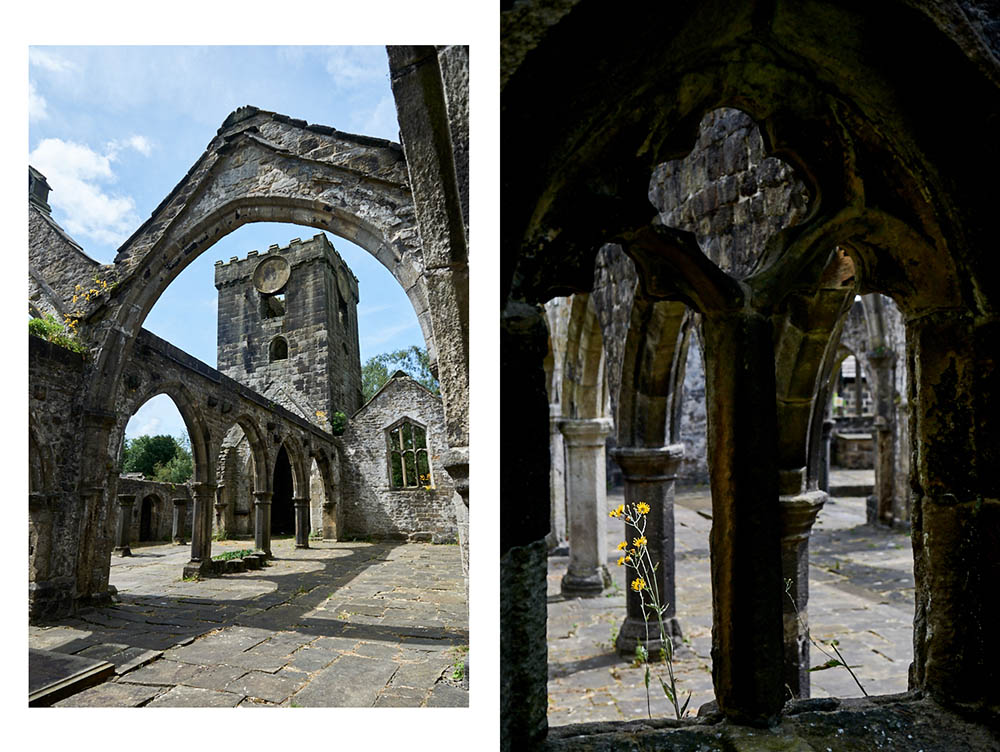
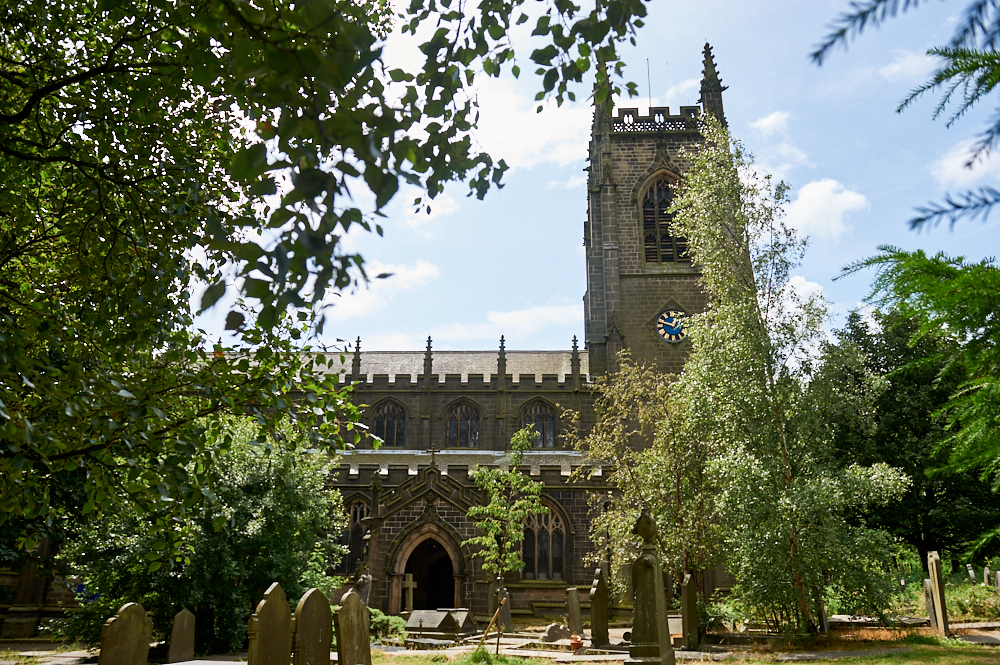
Right next to the churches is the Old Grammar School, serving as a little museum about local history and well worth a visit! (entrance is free)
It was endowed in 1641 and closed in 1889. The building was used by the Yorkshire Penny Bank from 1898 to 1954. They kept the original school desks, headmaster’s chair and stone fireplace, which are still in position, (Heptonstall.org)
weavers Square
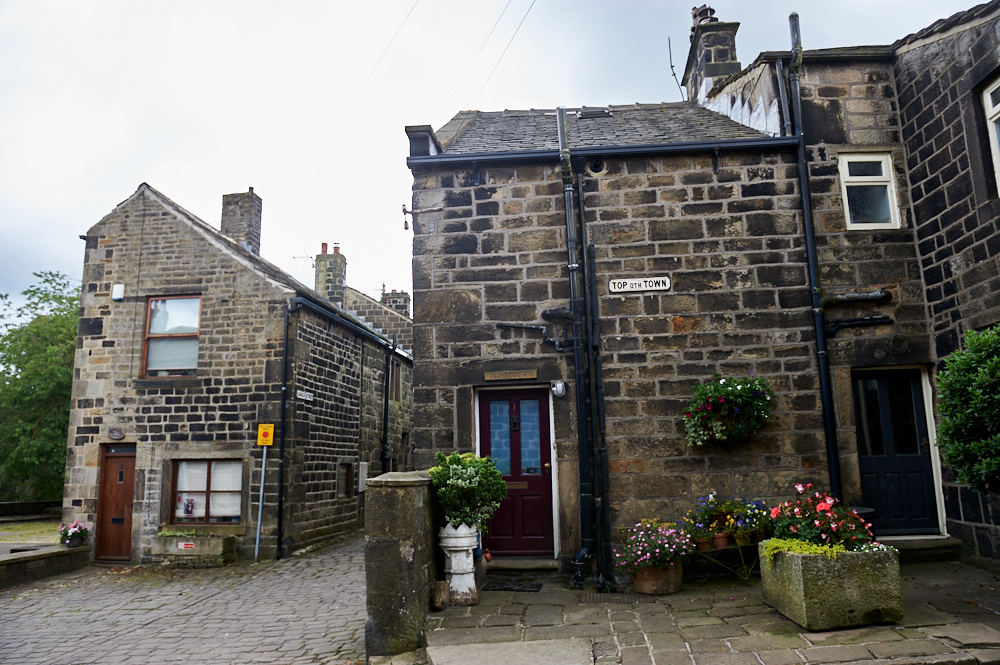
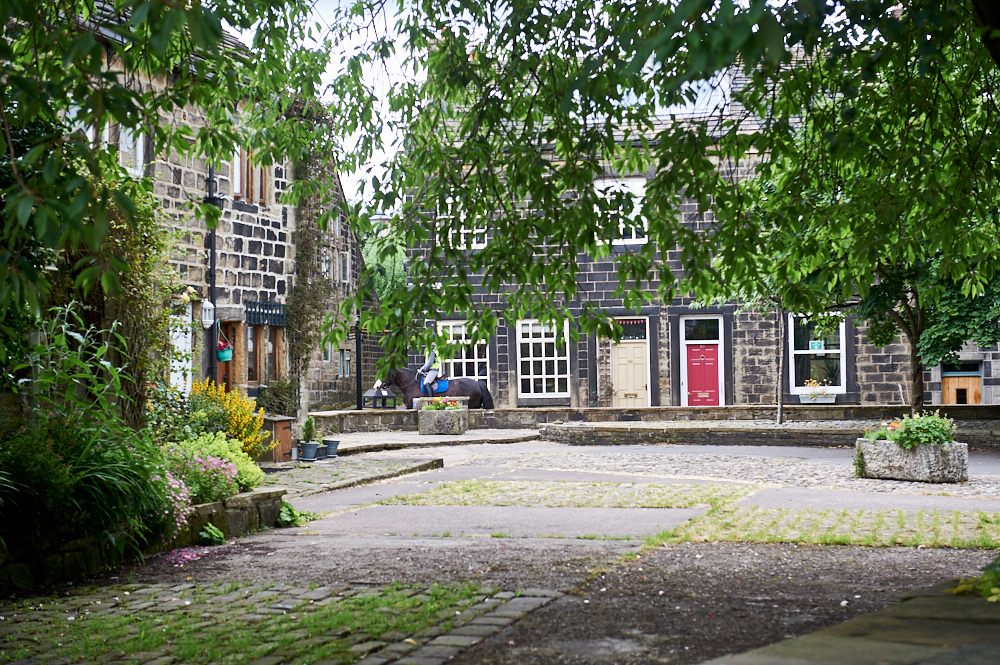
Designed by local architect Noel Singer, as a museum of stone and completed in 1967. Several weavers’ cottages and the old band room previously stood on the site. It is formed of cobbles and pebbles from the River Calder in Mytholmroyd, various kinds of setts, stone flags from local houses and concrete.(Heptonstall.org)
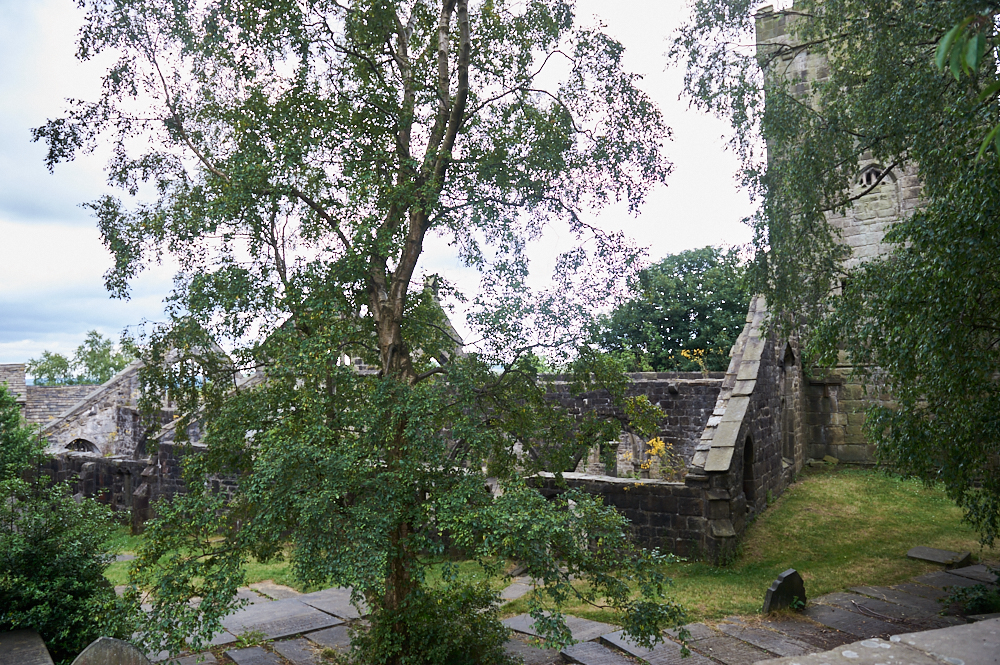
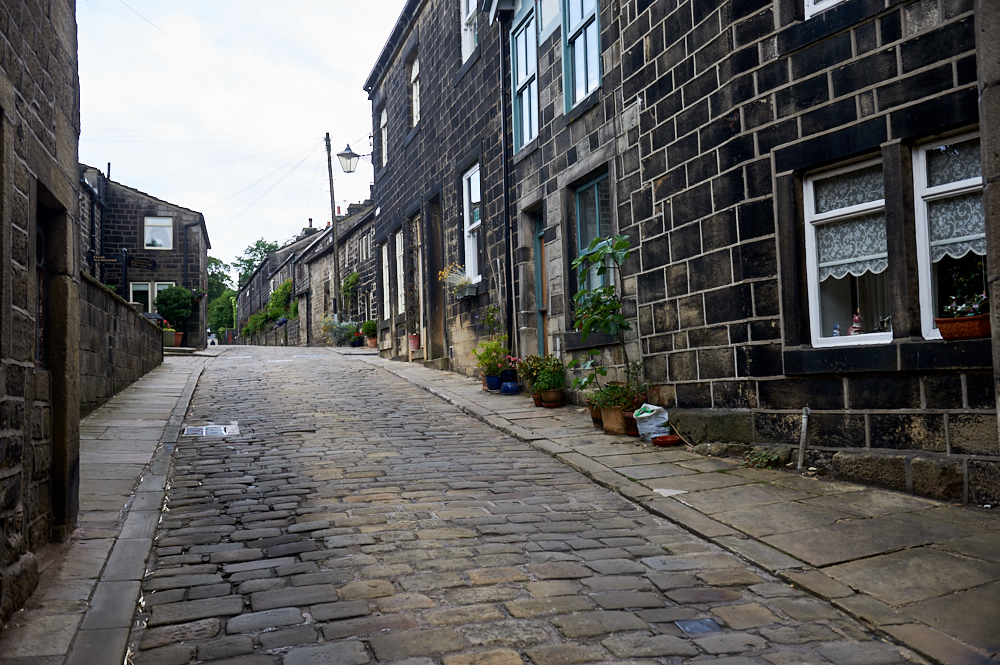
My next destination was Hardcastle Crags, a wooded valley on the other side of the hill!
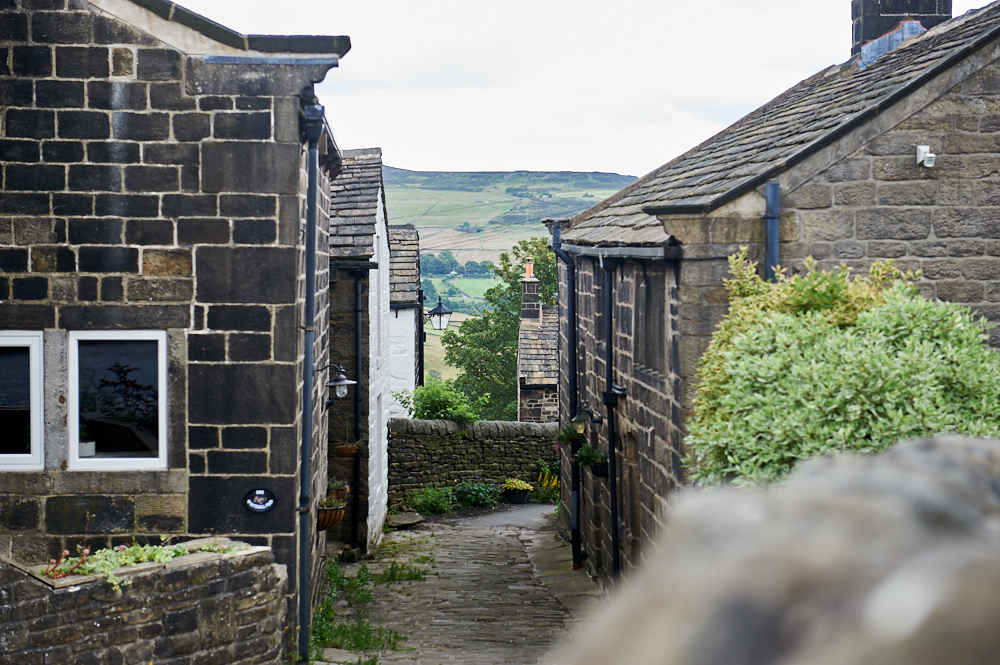
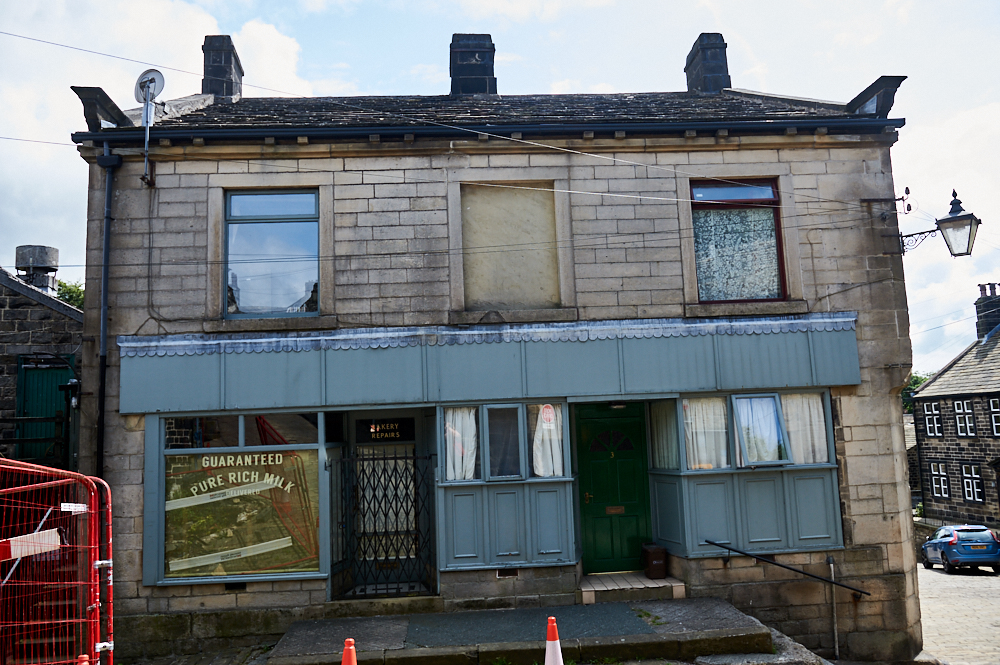
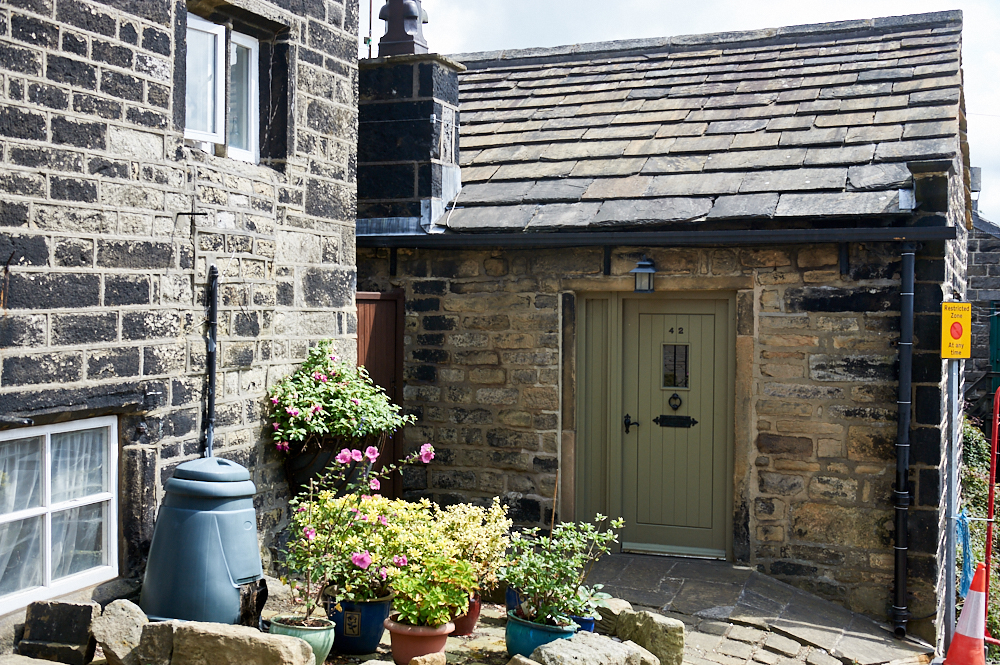
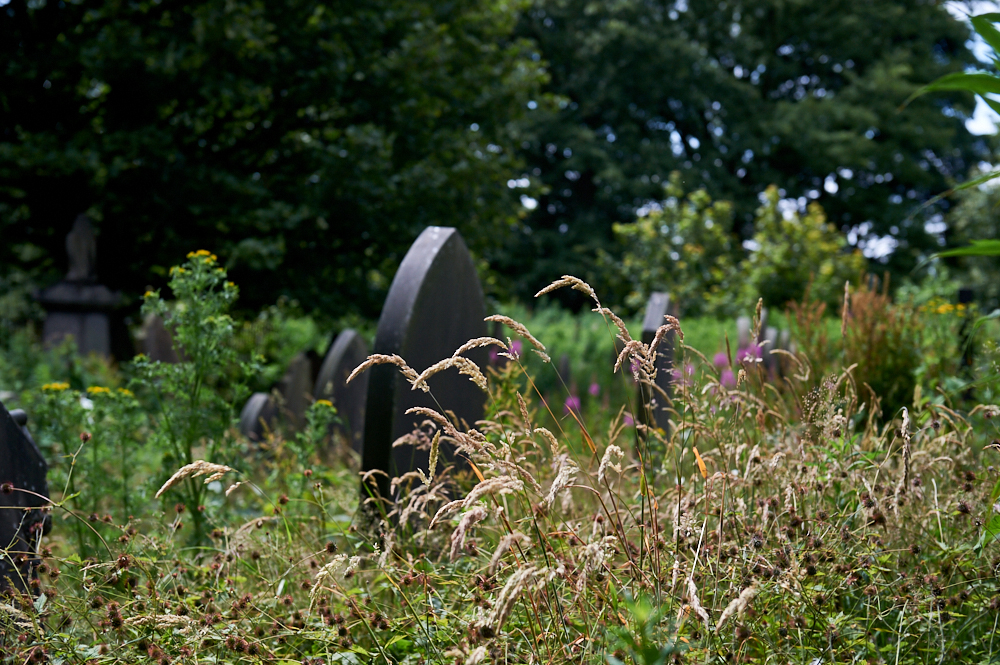
Leave a Reply